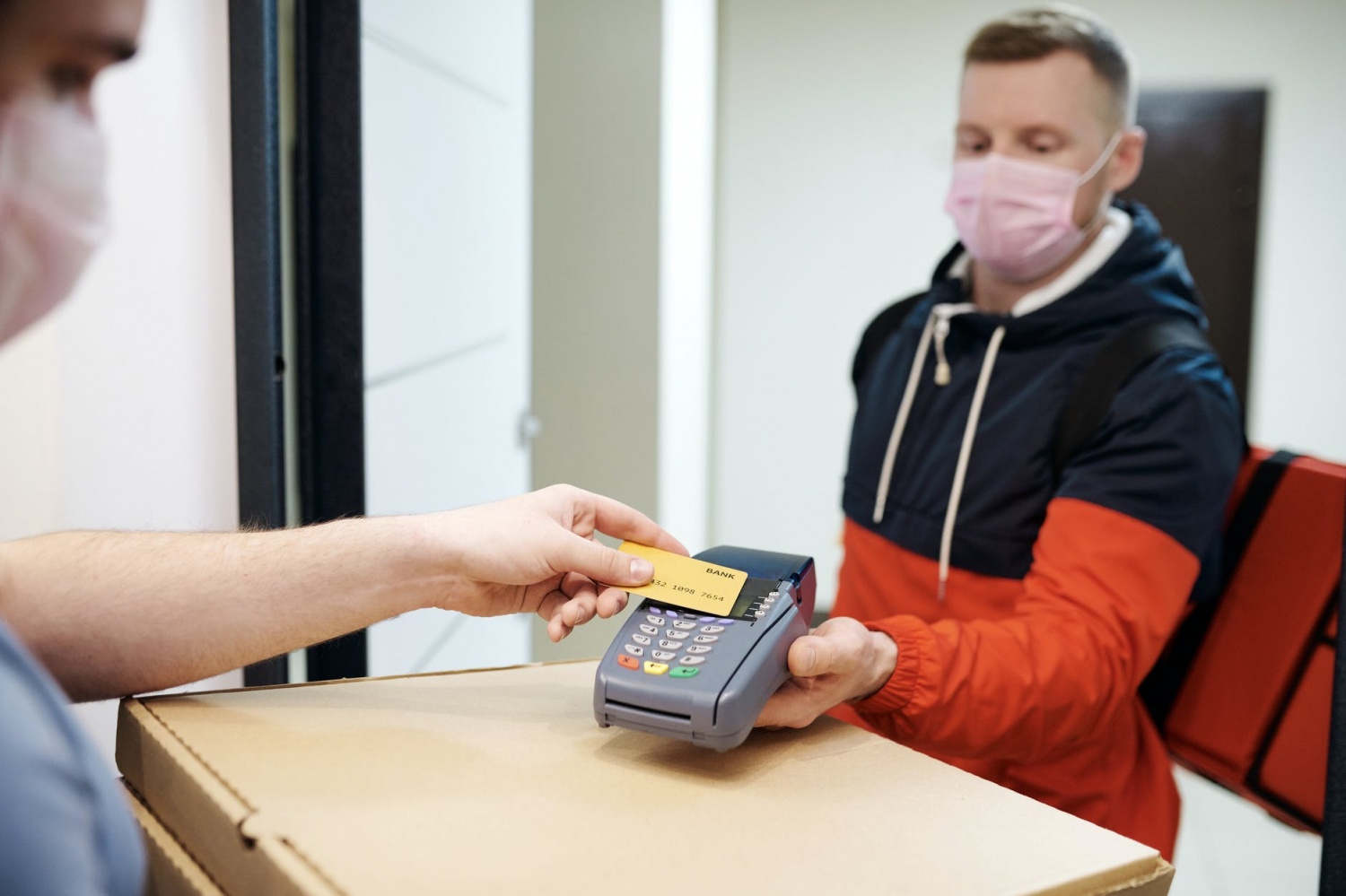
Few things have swung decisions in the world of digital payments like the COVID-19 pandemic, with tech companies reimagining payments.
But a global crisis and a new normal that makes people view cash bills with suspicion were bound to affect payment trend predictions.
Here's a quick look at what lies ahead in digital payment trends, their implications, and how your business can stay ahead of the curve.
1. Frictionless payments: Good for business
Technology is nothing if it's not convenient. Nearly 69% of retailers in an NRF survey observed a significant growth in touch-free purchases. Clearly, customers want faster, hassle-free payments. Mobile payments are good, but a one-click payment is better.
Making payment experiences smoother means reducing the number of steps in the purchase process, especially in e-commerce.
2. AI & ML: The Swiss Army knife of digital payments
Fintech companies have implemented risk management, new revenue generation, customer service, and automation for many purposes, with varying degrees of success.
AI-based chatbots enable self-service with automated, human-like responses, and robotic process automation services save thousands of person-hours every day. But AI can do more.
With cyberattack actors finding new ways to break in and enter online, AI in payments brings the ability to secure sensitive data and enhance fraud management. ML can adapt in real time and detect and block security breaches.
3. Cash payments: A telling decline
As IoT and contactless payments increased during the pandemic, cash payments declined sharply. Even the United States, one of the slowest adopters of digital payments, saw cash-intensive payments go down by 23%.
As regulators address risks in non-cash payments to improve trust and physical remittance stores experience lulls, a tempered approach to cash use is advisable.
4. Mobile payments: Unified and in the cloud
Mobile payments have no rivals in terms of convenience. A unified avenue for payments, accessing receipts, and tracking payment history are just some of the benefits that they offer.
Cloud-based payment systems can make mobile transactions quick, scalable, low-cost, and secure. Data being of prime importance, secure cloud systems (private, community, community, or hybrid) will see more demand in digital payment ecosystems.
5. From eCommerce to integrated commerce
e-commerce has led the way in the digital payment revolution. Globally, digital and mobile wallets will become the leading payment methods by 2023.
But now, e-commerce has gone ahead to inspire a unified approach to commerce.
Integrating e-commerce, mobile commerce, and everything from CRM to point of sales (POS) can reduce errors, streamline communications, and grow real-time visibility. Early steps like sales channel integration can drive efficiencies and take you closer to scalable growth.
6. B2B payments: Transparent, personalised
All the disruption begs the question: what about B2B payments?
The corporate payment ecosystem is changing, with business-to-business transaction banking and digitised payment systems offering fast, integrated services like payment scheduling and invoicing.
B2B payment systems will see a demand for greater transparency and speed as corporate clients will expect a higher degree of customisation and personalisation.
7. More paymentech on the horizon
It's more than contactless cards. Digital payments will see innovative disruptions. Tap-to-pay is growing at over 100% YoY, and peer-to-peer (P2P) payments are expected to reach $4,491.14 million by 2027.
The coming years will also see a prevalence of QR code-enabled payments, conversational chatbots, voice-activated payments, biometric authentication, and facial recognition technology.
How to stay ahead in the digital payments curve
● Consult and invest in payment technology
For many, the time is right to develop robust contactless payment systems. But hurried implementations without foresight can cost more and even weigh your business down. Be strategic and use a mix of technologies that can deliver quick gains while building streamlined processes for scalability.
● Refine digital wallet solutions
Customers are more comfortable with digital wallets today. The more convenient your payment options, the higher your chances of conversions and retentions. Identify and implement features like intelligent reporting, transaction monitoring, and one-click payments.
● Ease away from cash transactions
If the new normal is anything to go by, cash transactions may not be as favoured as they used to be. Adapt to customer payment preferences while developing alternatives that they will thank you for - no better way to cultivate customer loyalty.
● Partner with process improvement consultants
Collaborate with experts to identify the right mix of processes. These could include intelligent automation to reduce processing times, increase team productivity, and deliver value in varied and complex environments.
Apart from convenience, delivering humanised experiences in an increasingly contactless world will be the next big challenge - and an opportunity - on the digital payment front.
* This is a contributed article and this content does not necessarily represent the views of techtimes.com








